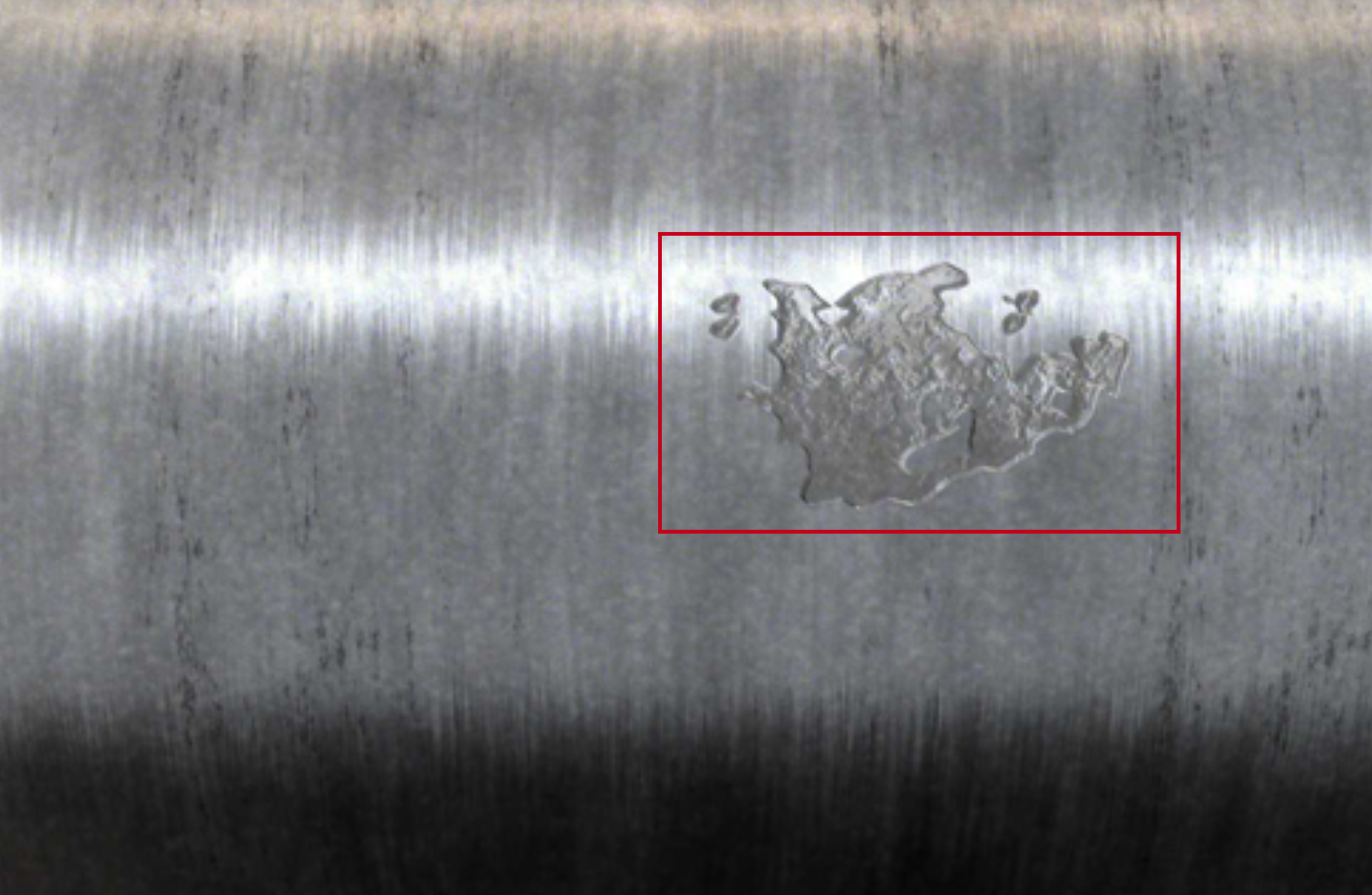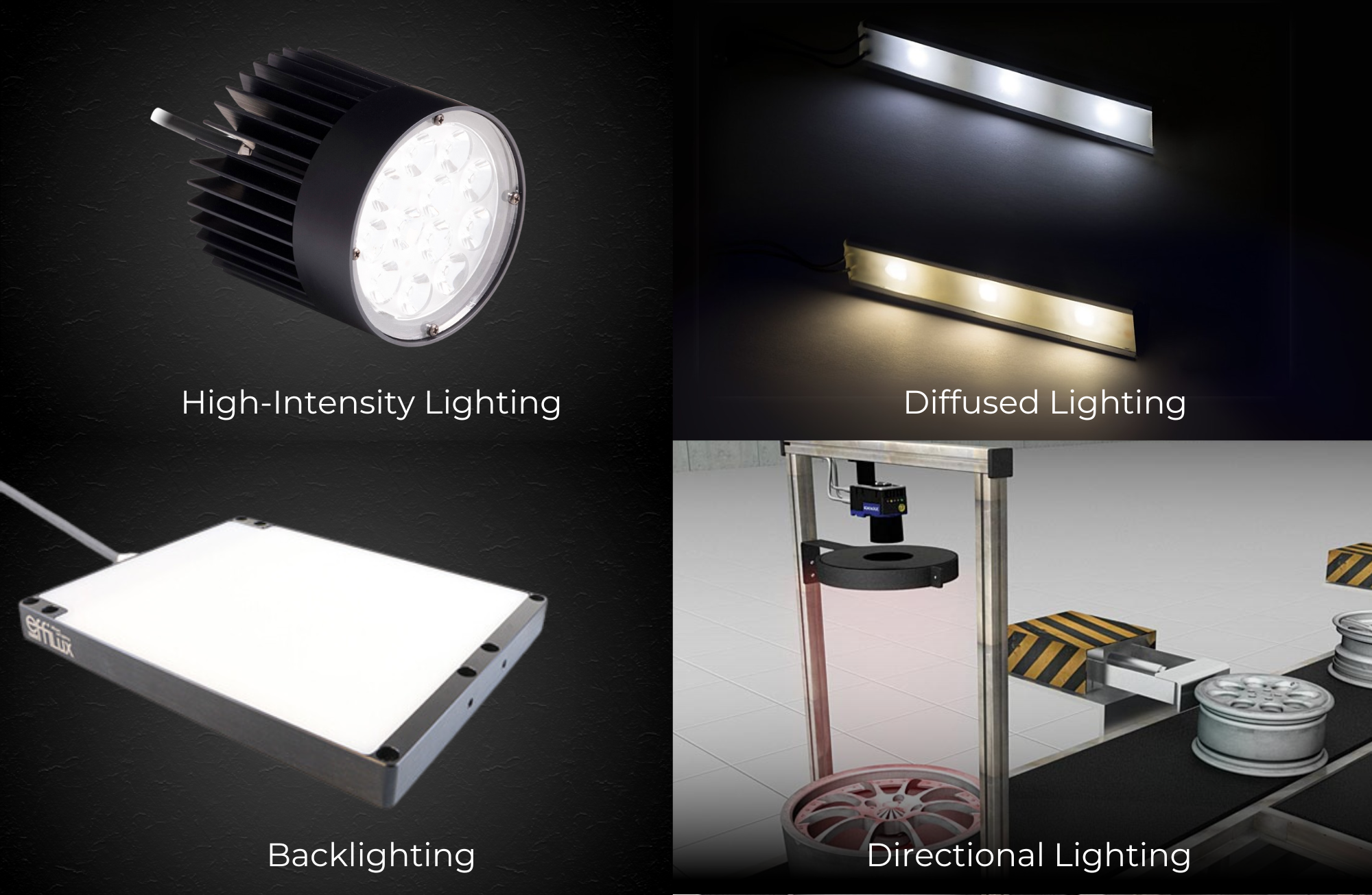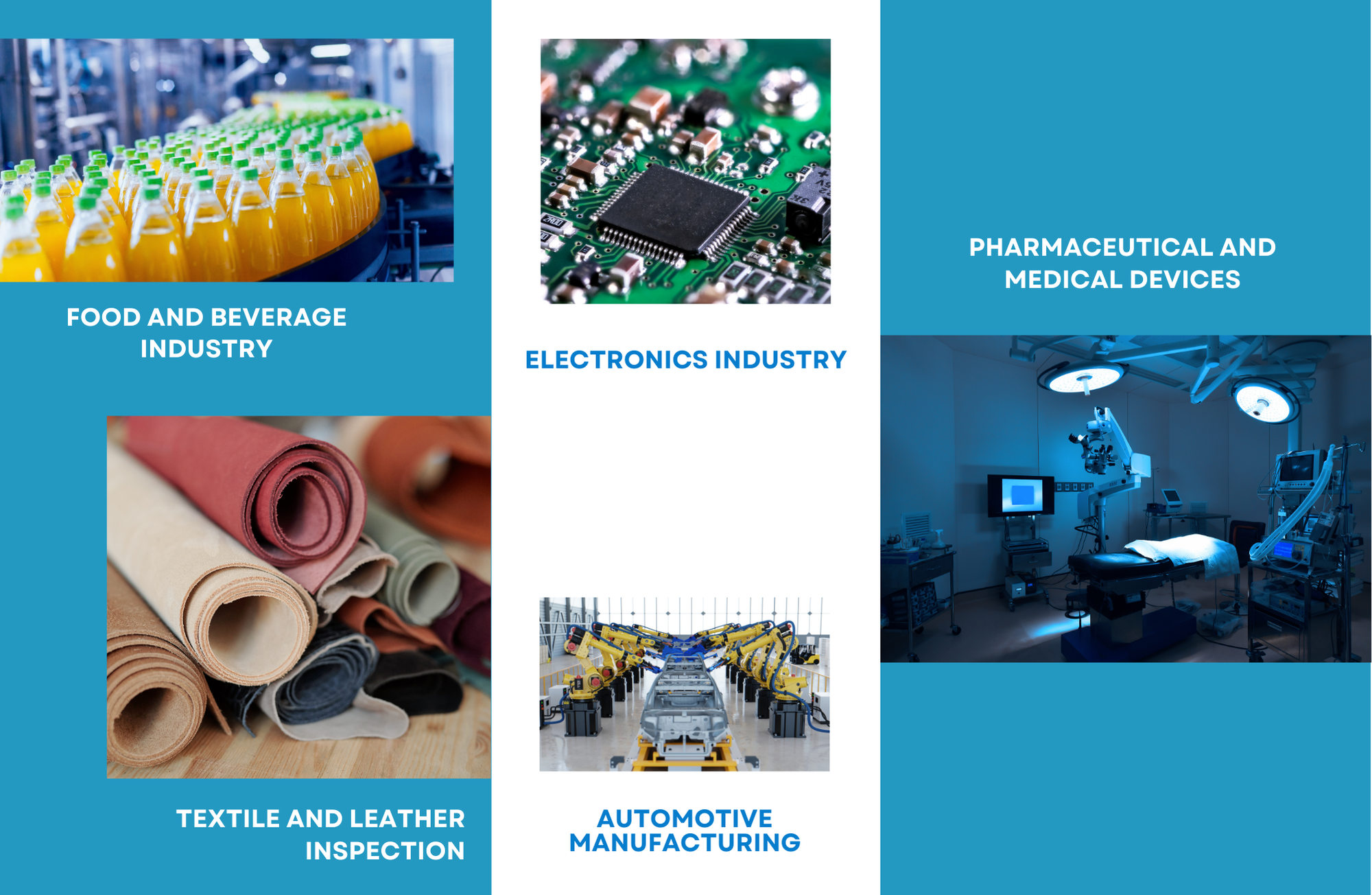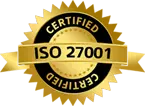Why high intensity lighting are needed in machine vision and defect detection application
Published on: Feb 11, 2025

Written by: Soumen das
Lighting in Defect Detection Application
Lighting is one of the most crucial elements in visual inspection and defect detection applications. Machine vision cameras rely on light reflections, contrast, and shadows to detect surface defects, anomalies, and inconsistencies. Without the right lighting setup, even the most advanced image sensors and AI-powered defect detection software will fail to capture and analyze defects effectively.
When defect sizes are extremely small—below 1 mm or even as tiny as 0.1 mm—the application of high-intensity lighting becomes critical. The image sensors in machine vision cameras typically range from 2.8 micrometers to 7 micrometers in pixel size. To capture a 0.1 mm defect clearly, the system must apply high-intensity lighting to ensure that the defect is represented in sufficient pixel resolution.
Furthermore, different materials pose unique challenges. Reflective surfaces such as plastic sheets, aluminum sheets, and films require optimized contrast. Similarly, transparent materials demand backlighting to make invisible defects like black spots or scratches detectable.
This article explores how lighting impacts defect detection accuracy, what types of lighting are needed for different materials, and best practices for optimizing lighting conditions in industrial machine vision applications.

Why Lighting is Critical for Defect Detection in Machine Vision
1. Capturing Fine Defects in High-Resolution Image Sensors
Machine vision cameras have image sensors that capture images in micrometers per pixel. The smaller the defect, the fewer pixels it gets captured.
- Example:
- A 0.1 mm defect must be at least 3–5 pixels wide for the AI to detect it accurately.
- If the sensor pixel size is 3.5 micrometers, then the defect must be illuminated with high-intensity lighting to ensure the 0.1 mm defect is captured in multiple pixels.
- Without Proper Lighting:
- The defect may not have enough contrast or may not be illuminated properly to get visible to the image sensor, causing the camera to miss it.
- Solution:
- High-intensity lighting ensures that the defect appears bright and well-defined in the captured image.
2. Managing Reflective Materials (Plastic Sheets, Aluminum Sheets, and Films)
Reflective surfaces create glare, reflections, and hotspots, which can obscure defects. To properly inspect these surfaces, we need to control contrast and reduce unwanted reflections.
- Challenges:
- Light bounces off the surface, making it hard to capture fine scratches, coating defects, or contamination.
- Solution:
- Diffused lighting applied from the right angle creates uniform illumination that highlights defects while reducing glare.
- Best Practices:
- Use low-angle diffuse lighting for glossy surfaces.
- Apply polarized light filters to eliminate excessive reflections.
- Example Use Cases:
- Defect detection in plastic sheets and aluminum foils.
- Surface quality inspection of coated materials.
3. Detecting Defects in Transparent Materials (Films, Glass, and Clear Plastic Sheets)
One of the most challenging inspection tasks in machine vision is detecting defects in transparent materials.
- Problem:
- Defects such as black spots, contamination, or surface scratches are almost invisible under normal lighting conditions.
- Solution:
- The Diffused Backlighting is used to highlight defects by creating contrast.
- The defect blocks light, making it appear as a dark shadow against the bright background.
- Best Practices:
- Use collimated backlighting for uniform illumination.
- Adjust exposure to maximize defect visibility.
- Example Use Cases:
- Detecting black spots in transparent plastic films.
- Verifying integrity of glass panels and optical components.
Types of Lighting for Different Defect Detection Applications
1. High-Intensity Lighting (For Micron-Level Defect Detection)
- Used when defect size is extremely small (below 1 mm).
- Ensures that image sensors capture fine details clearly.
- Common in electronics, precision manufacturing, and medical device inspection.
Best For:
✅ Detecting cracks, pinholes, fine scratches, or thin contamination layers.
2. Diffused Lighting (For Reflective Materials)
- Reduces glare and reflections on shiny surfaces.
- Helps improve uniform contrast for detecting subtle defects.
Best For:
✅ Metallic sheets, coated surfaces, glossy plastic parts.
3. Backlighting (For Transparent Materials)
- Creates silhouette images, making small inclusions and contamination visible.
- Eliminates interference from surface reflections.
Best For:
✅ Transparent films, glass panels, plastic packaging.
4. Directional Lighting (For Surface Texture and Depth Inspection)
- Low-angle lighting enhances surface irregularities such as dents, bumps, and warping.
- Highlights defects in textiles, leather, and rough surfaces.
Best For:
✅ Textile, leather, printed surfaces, ceramics.

Optimizing Lighting for Visual Inspection
To achieve the best defect detection accuracy, follow these best practices:
- Match the Light Intensity to the Defect Size
- Small defects require higher-intensity lighting to ensure visibility in high-resolution cameras.
- Use the Right Angle for Lighting Placement
- For reflective materials: Use diffuse or low-angle lighting to prevent glare.
- For depth inspection: Apply directional lighting at low angles.
- Calibrate Lighting for Consistency
- Maintain a uniform brightness level across the field of view.
- Prevent light fluctuations by using constant current LED drivers.
- Combine Multiple Lighting Techniques
- Example: Use both backlighting and directional lighting for composite material inspection.
Applications of Advanced Lighting in Defect Detection
High-intensity and specialized lighting techniques are widely used in industrial visual inspection:
1. Semiconductor and Electronics Industry
- Detecting micron-level solder defects.
- Ensuring PCB surface integrity.
2. Automotive Manufacturing
- Inspecting paint quality for scratches and inconsistencies.
- Detecting coating thickness variations.
3. Pharmaceutical and Medical Devices
- Verifying tablet coating defects.
- Inspecting glass vials for microcracks.
4. Textile and Leather Inspection
- Identifying weaving defects, loose threads, and texture inconsistencies.
5. Food and Beverage Industry
- Ensuring label placement and print quality.
- Detecting contaminants in packaged products.

Lighting is the foundation of high-precision defect detection in machine vision applications. Whether inspecting small micron-level defects, reflective materials, or transparent sheets, the correct lighting enhances contrast, reduces glare, and improves image quality for AI-based analysis.
By choosing the right lighting techniques, manufacturers can significantly improve inspection accuracy, reduce false rejections, and optimize production quality.
Intelgic specializes in designing advanced AI-powered machine vision systems with optimized lighting solutions for industrial defect detection. Contact Intelgic today to implement high-performance lighting systems for your inspection automation needs.

